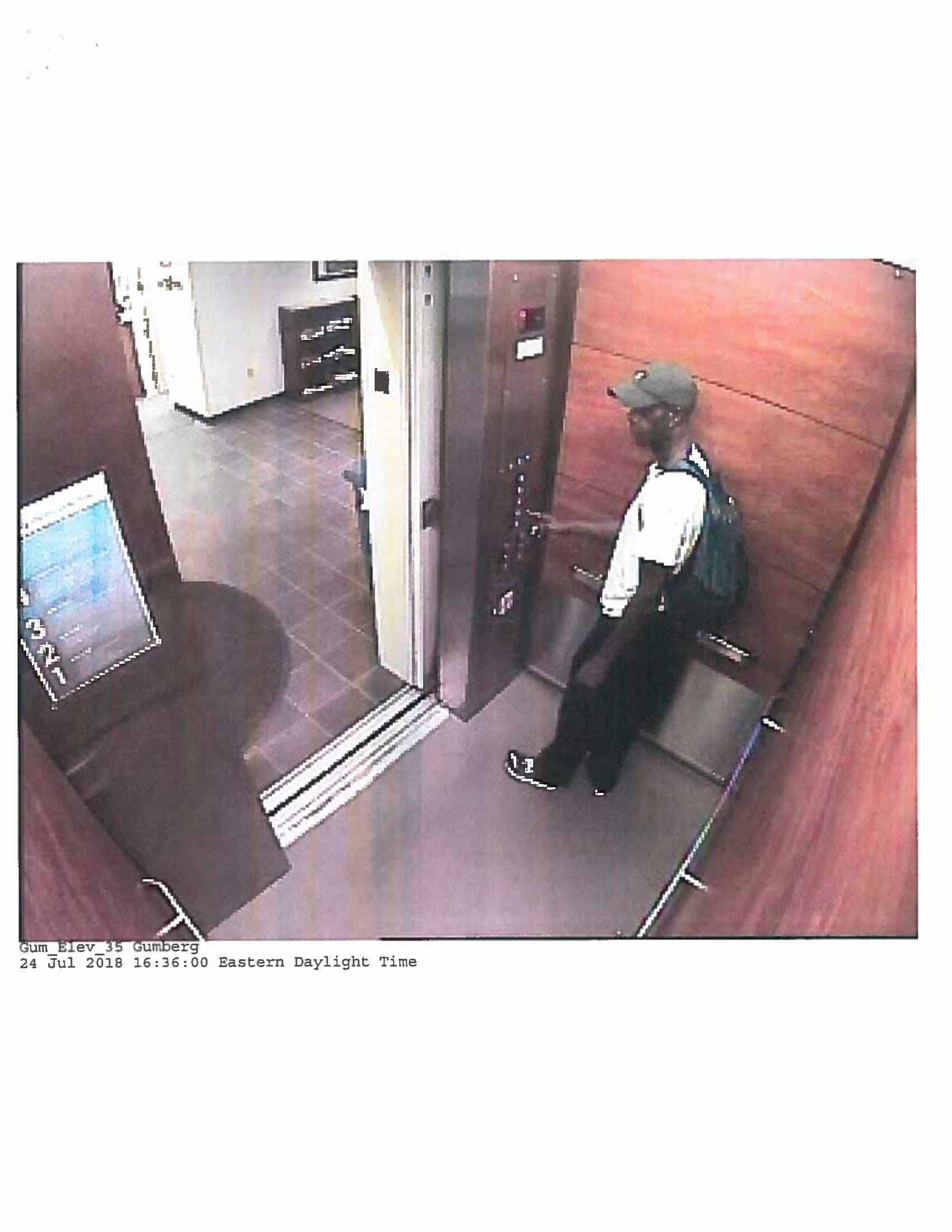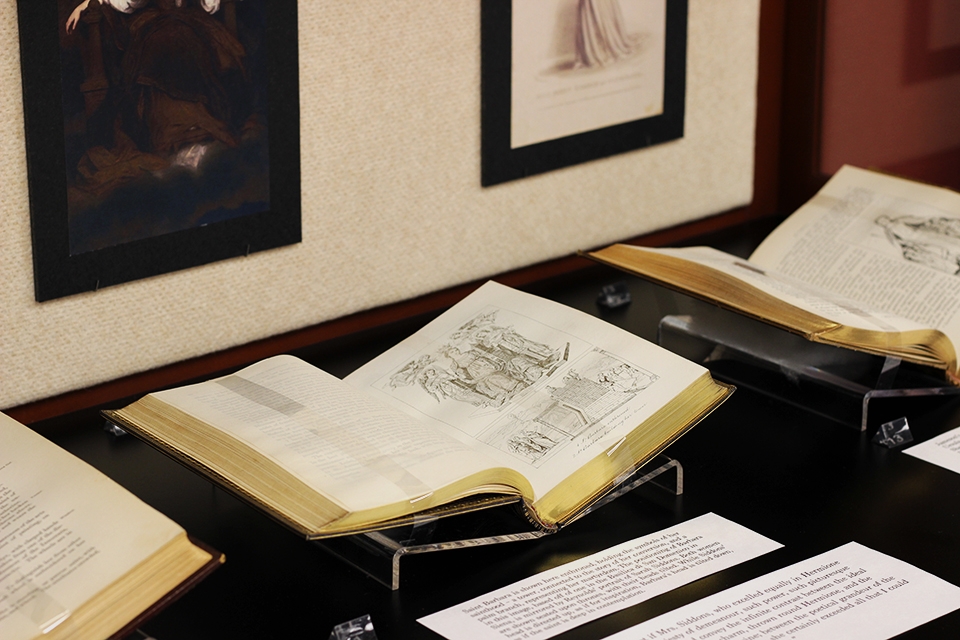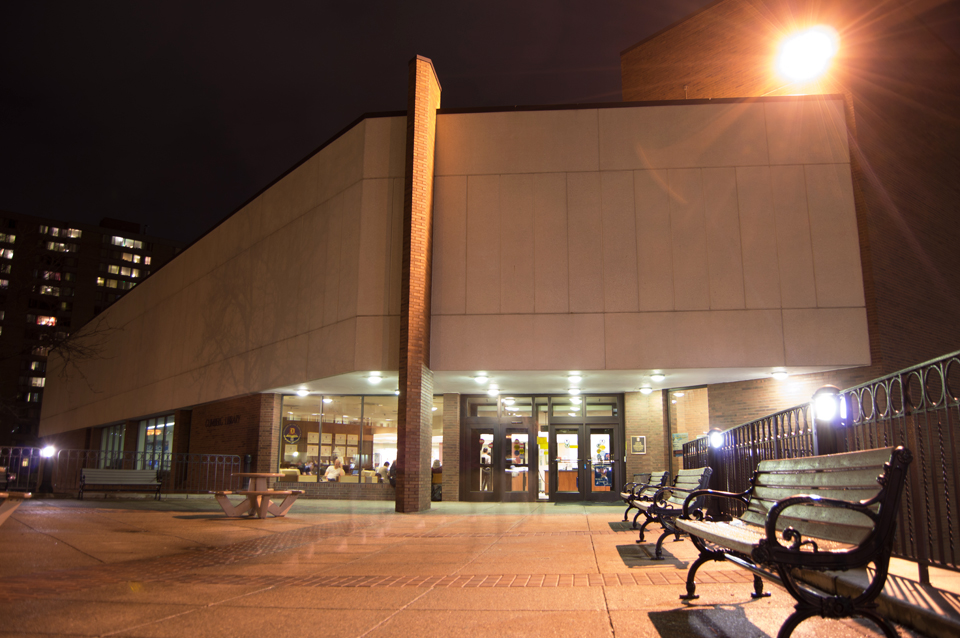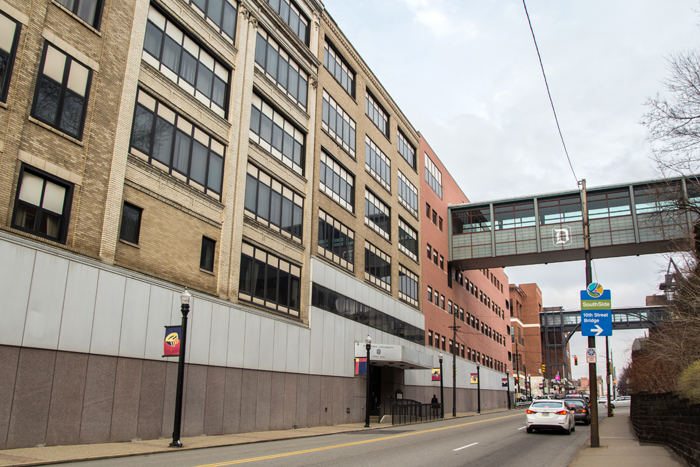

By: Seth Culp-Ressler | Features Editor
Here’s a little secret for those not intimately familiar with Duquesne’s little hilltop campus: we have our very own labyrinth. Not at all unlike those seen in Harry Potter or out in some farmer’s cornfield, our maze is tricky to crack: but the solution bears great prizes. Of course, this is not intentional trickery, and the prize at the end of the journey is nothing more than a class to sit through. That’s because Duquesne’s labyrinth has a name everyone on campus is familiar with: Fisher Hall.

Yes, the Forbes Avenue building is notorious for its… unique layout. Common descriptors of the structure fall along the lines of “confusing,” “unorganized” and sometimes simply “insane.” Tales of becoming lost in the inexplicable hallways abound, many being similar to sophomore digital media arts major Colby Simpson’s experience.
“I got lost once when I was going down to the fourth floor because I took the stairwell, the main stairwell, down to the fifth floor and it doesn’t keep going,” he explained. “So then I had to go find another stairwell to get down there. I had no idea where the room was, so it was interesting.”
Explanations for the confusing nature of Fisher vary depending on whom you talk to. A decently widespread tale, and one that Simpson himself had heard, is that the building used to be a parking garage. This idea attempts to explain the low ceilings, confounding layout and stark, concrete stairwells. The only problem with the theory? As Executive Director of Facilities Management Rod Dobish explained, it isn’t true. Fisher was never a parking garage, but it also was never built as a single structure.
“We purchased the building in 1995, and it is actually five buildings,” Dobish said. “It’s five buildings with a common facade, and that’s why when you walk through certain floors there’s a ramp in the middle of a hallway – because you’re going from one building to the other.”
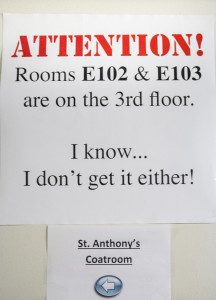
The reason rooms aren’t a nice grid is because Fisher is effectively a Frankenstein structure, cobbled together from the husks of older buildings. Dobish explained that after the purchase of Fisher, each floor was renovated to the needs of whatever department or classes needed the space. The footbridge that spans across Forbes was also erected to better connect Fisher to campus.
Dobish said that after the main renovations had been completed the building has only required regular upkeep, as well as the occasional remodel for a new department.
“When a department moves out somebody moves into that space, it gets reconfigured,” Dobish said. “And that’s what happens, it’s been a series of small renovations.”
Gerard O’Neil, assistant archivist at Duquesne, provided some insight into the building prior to its purchase by the University. Before Duquesne’s acquisition Fisher Scientific Company owned it, which is where the building’s current name comes from. The company, as O’Neil explained, “manufactured equipment such as flasks, test tubes, barometers and thermometers.”
Adding to the mystique of the building is also a hint of the paranormal. O’Neil said that there were reports of ghost activity in the building, but that the encounters did eventually die down after priests performed blessings on the space. While it may be easy to get lost within Fisher’s halls, at least there won’t be any company from those beyond our earthly realm.
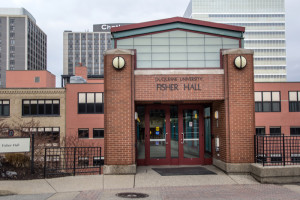
So what is the deal with students thinking that Fisher was a former sanctuary for cars, not knowledge? One possible explanation that Dobish and O’Neil both pointed to is other structures on campus that lived lives as parking spaces. Both Gumberg Library and College Hall have automotive pasts. While College Hall may be more difficult to recognize, Gumberg’s construction does make sense with this newfound information.
“The sign is those giant concrete pillars that no one would ever put in a normal building,” O’Neil said. “Now the good thing is it was designed to hold the weight of a lot of cars, and that means now it can hold the weight of a lot of books.”
Nonetheless, it seems as though converted parking garage doesn’t translate to confusing buildings, as both the library and the liberal arts building are a cinch to navigate. What does present problems is when five buildings are conjoined as one. Alas, the unfortunate reality is that the real explanation for Fisher, while enlightening, doesn’t make getting to class any easier. Does Google make maps for buildings yet?


